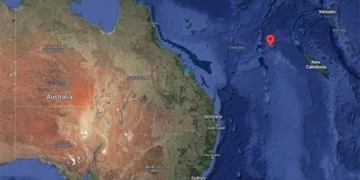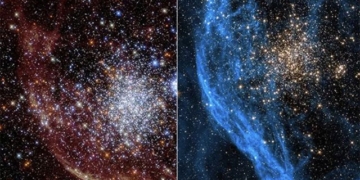Manatees have a thick layer of fat approximately 2.5 cm thick and cannot withstand temperatures below 20 degrees Celsius for extended periods, which is why they often huddle together in groups during colder weather.
Visitors and staff at Blue Spring State Park in Florida witnessed the largest gathering of manatees ever recorded at this location, according to a report by Independent on January 31. Specifically, around 932 manatees gathered in the park on January 21, surpassing the previous record of 736 set on New Year’s Day 2024 by more than 200. “A record-breaking morning,” park staff shared in a Facebook post.

Record number of manatees gathering in warm waters at Blue Spring State Park, Florida, on January 21. (Photo: Blue Spring State Park)
Experts explain that manatees gather in large groups to huddle together and keep warm when water temperatures drop. On January 21, the water temperature was only about 14 degrees Celsius, marking the coldest morning of the season, according to the Save the Manatee Club.
During winter in Florida, manatees—creatures that thrive in both freshwater and saltwater, preferring calmer waters—can struggle to stay warm. Their gathering together and sharing body heat is crucial for their survival.
Manatees do not move much not out of laziness but to conserve energy. Despite appearing quite plump, their layer of fat is only about 2.5 cm thick. This, combined with their slow metabolism and warm-blooded nature, makes them vulnerable to cold spells like the recent one in Florida.
Manatees cannot tolerate temperatures below 20 degrees Celsius for long periods. Temperatures below 15.5 degrees Celsius can lead to conditions similar to hypothermia, pneumonia, or frostbite in humans.
On January 21, the temperature in the nearby St. Johns River dropped to around 14 degrees Celsius. Consequently, the manatees migrated to the river branches within the park, where temperatures remain around 22 degrees Celsius year-round. “This is very unusual. I anticipated a large number, but not so many and so quickly,” said Cora Berchem, a manatee researcher with the Save the Manatee Club.
While cold weather severely affects manatees, the fact that many individuals found warm water in the park is encouraging, according to Berchem. Blue Spring State Park has been a habitat for manatees for several decades, with the population increasing from 36 in the 1970s to over 700 today.


















































